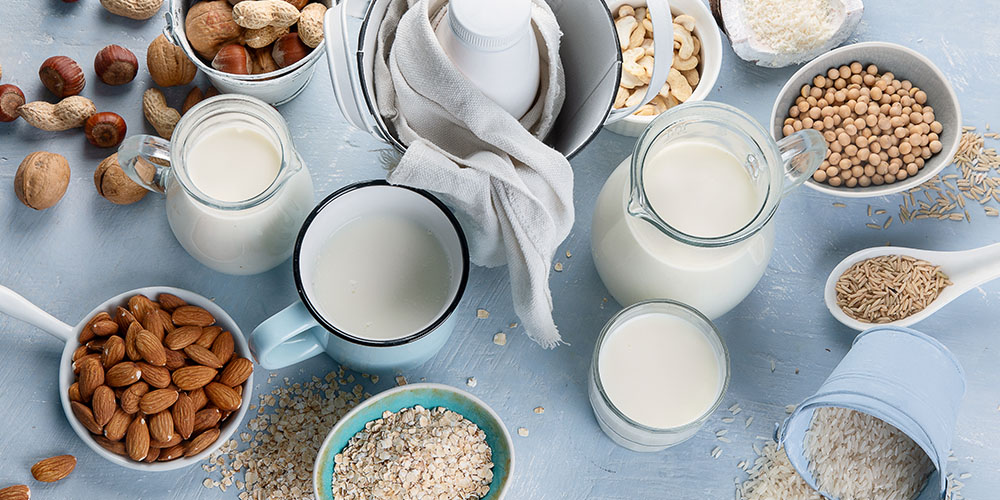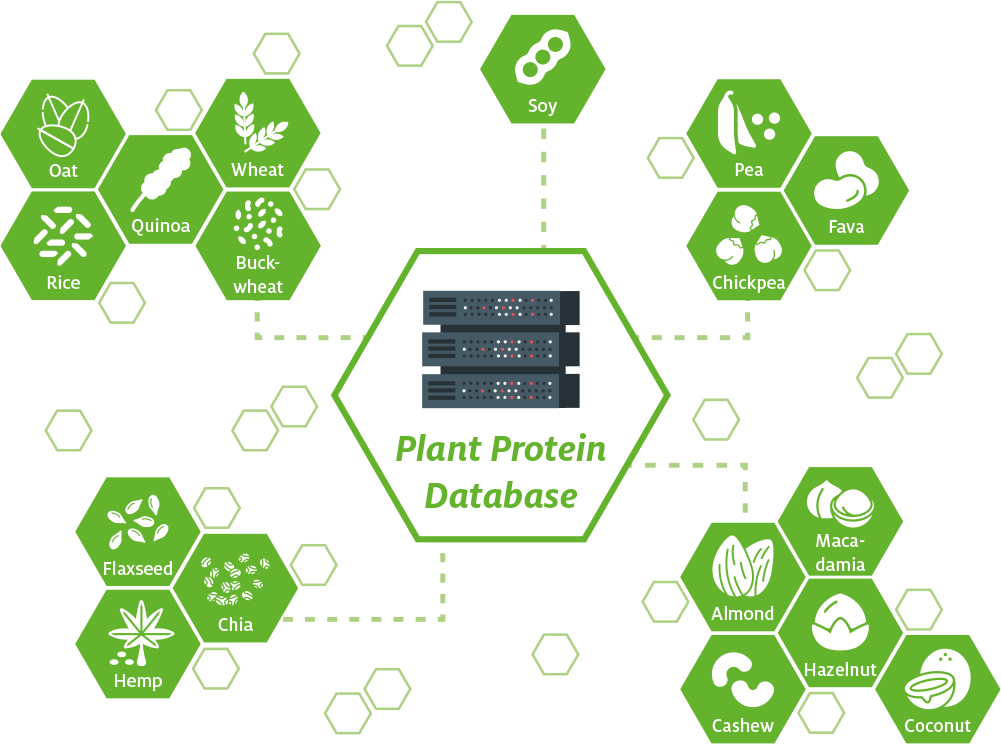With a high consumer demand for plant-based products comes a fast-moving market, requiring rapid product development. New protein sources and suppliers are popping up constantly. In the past the main plant source for protein came from soy and dominated the dairy market. With the growing importance of sustainability and varied nutrition, the number of protein supply options have exploded.
New protein sources are constantly becoming available on the market. These protein types can widely vary in factors of sustainability, price and supply availability. The vast number of protein options for dairy alternatives can quickly become overwhelming. It can get hard to obtain an overview of the right protein source for your plant-based dairy application. Symrise can help you navigate the plant-based protein challenge with their extensive database of protein sources.
Symrise can help you navigate this plant-based taste challenge along every step of the way by leveraging the Symlife™ range of masking solutions paired with application development expertise. Symrise follows a three-step process to unlocking great taste for plant-based dairy alternatives:













